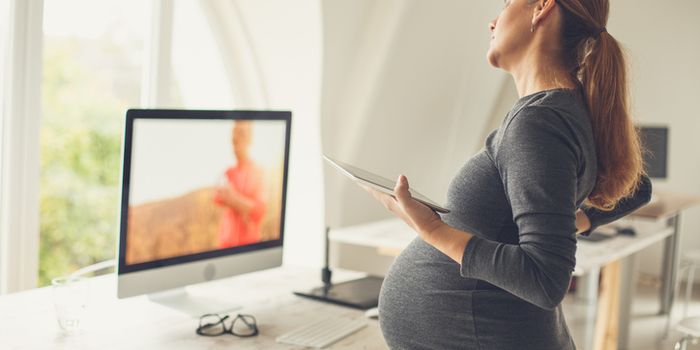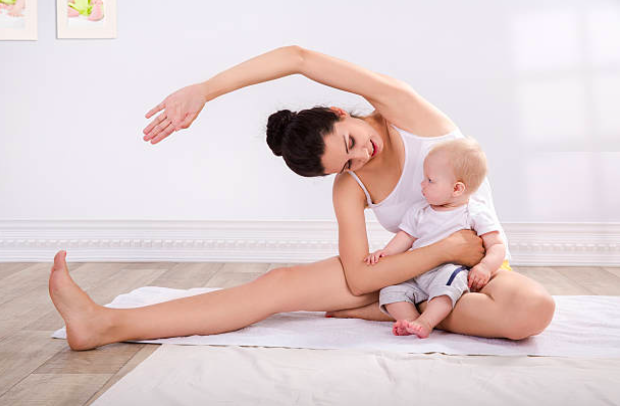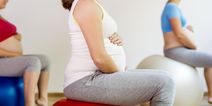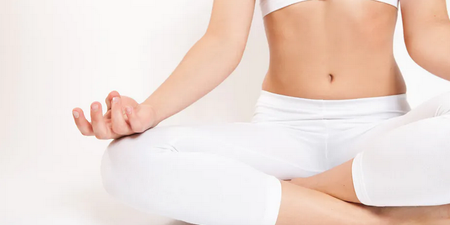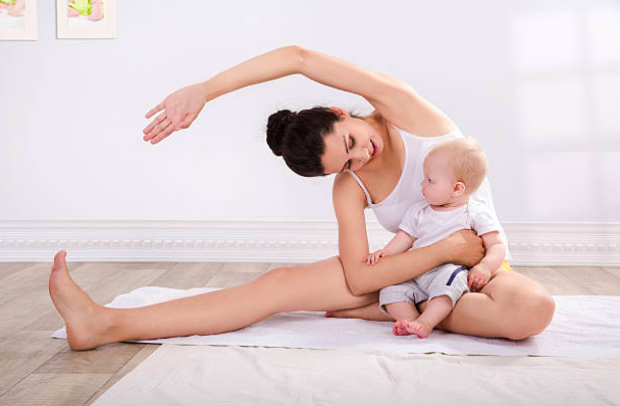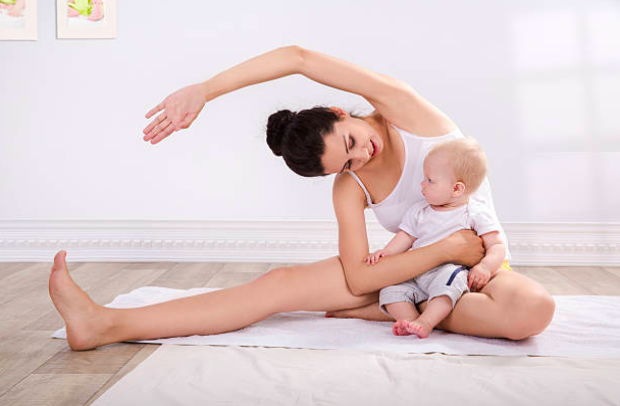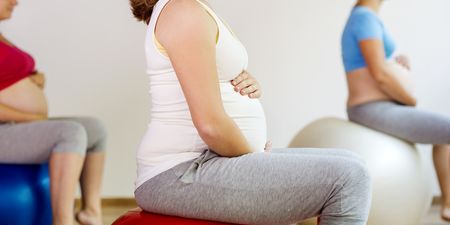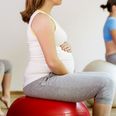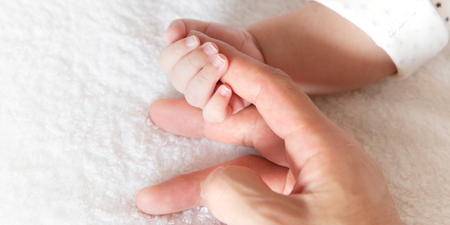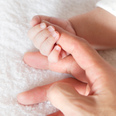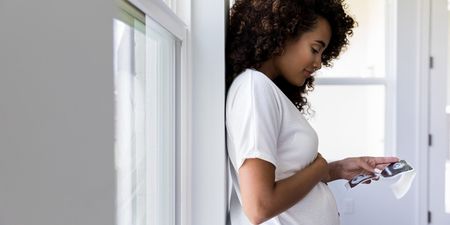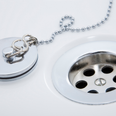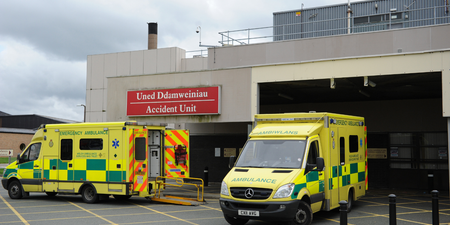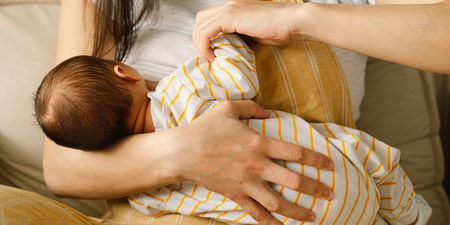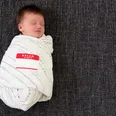If you are suffering from any pregnancy-related condition, it’s super-important to visit your local women’s health Physiotherapist, but in the meantime, there are loads of things you can do to ease pain and discomfort.
We chatted to women’s health Physio, Deborah Fernandez, from PhysioFit Woman, who specialises in pregnancy and post-pregnancy physio and physiolates.
Here are her top five tips for helping with pain, all tried and tested tips from her own clients through the years:
1. Finding the right Posture – Neutral Posture
As you progress with your pregnancy and your body adjusts to the physical changes of a growing baby, it is natural to find yourself compensating for the growing bump. And how do you compensate? By leaning your body back, therefore adding more pressure to the lumbar spine and making your gluteus muscles tighter than they should be… your poor butt cheeks, they have no other option!
Then there’s your core, the very important abdominal muscle everybody talks about – it is not able to support you if you lean your body back, as these muscles can’t tighten in this position. If you can’t engage your core (tighten your abdominal muscles by 30 per cent), you cannot protect your back. If you’re leaning back, with no core engaged, your upper back is hunched, and your head sticks out. Ouch! Not a nice picture is it?
Finding the right posture during pregnancy will help you prevent this, it’s called hyperlordosis aka ‘Duck Butt.’ It is important to know how the main joints of your body should be positioned as this will improve optimal body posture, reducing unnecessary pressure in the joints and improve body muscle performance.
2. Be mindful of your body in daily activities
Daily activities such as getting in and out of bed, turning in bed, sitting or standing for a long period or even a simple walk in the park can trigger or exacerbate your back or pelvis pain during pregnancy. Once you know what to do with your body and how to find your neutral position, you will see that all these activities will be easier to perform and will cause no more pain.
3. Stop tensing the body
Body awareness is key to reduce discomfort and pain. Are your shoulders up to your ears as your reading this article? Are you clenching your bum when you’re standing? What about your pelvic floor muscles? Are they tense? Avoid spending unnecessary energy that will only cause more pain by listening to the messages of your body. And once you acknowledge that you are tensing the next question is WHY are you tensing? And WHAT can you do to stop tensing?
4. Use the Birthing Ball
It is well known that exercising is fundamental during pregnancy and nothing replaces a good pregnancy supervised class. Pilates, yoga, swimming and other forms of exercise aim at toning, mobilising and stretching your pregnant body, preventing pregnancy-related conditions such as Pelvic Girdle Pain, Lower Back Pain, Sciatica, etc.
However, one exercise you can do if you cannot attend a pregnancy class is to sit on a birthing ball. The ball is an important tool that can be used to strengthen and stretch the body and mobilise your pelvis. Rocking the pelvis on the ball will bring great relief to your back pain plus baba will love the rocking and the bouncing too.
5. Breathing
Another powerful tool to be used during pregnancy, labour and beyond! It’s amazing how stress affects our breathing. I asked earlier WHAT can you do to stop tensing the body? Learning how to breathe, becoming aware of the different types of breath and how they influence our mind and body it will have a big impact during your pregnancy and labour.
Breathing properly will help reduce muscle tension, relax your mind, improve sleeping patterns and help manage the contractions during the birthing process.
Always check with your healthcare provider if you can attend the classes or seek the opinion of a Chartered Physiotherapist in Women’s Health. If the pain is too severe, you may need to start with Physiotherapy first before you enrol in a Pregnancy Exercise Class.
Deborah Fernandes is the Clinic Director of PhysioFit Woman. A qualified Antenatal educator and Pregnancy Pilates instructor, she has over 20 years experience in this area and is the creator and provider of practical and educational programmes that combine Physiotherapy and Pilates – Antenatal and Postnatal Physiolates.
Do you have problems with your pelvis? Let us know how you manage!
